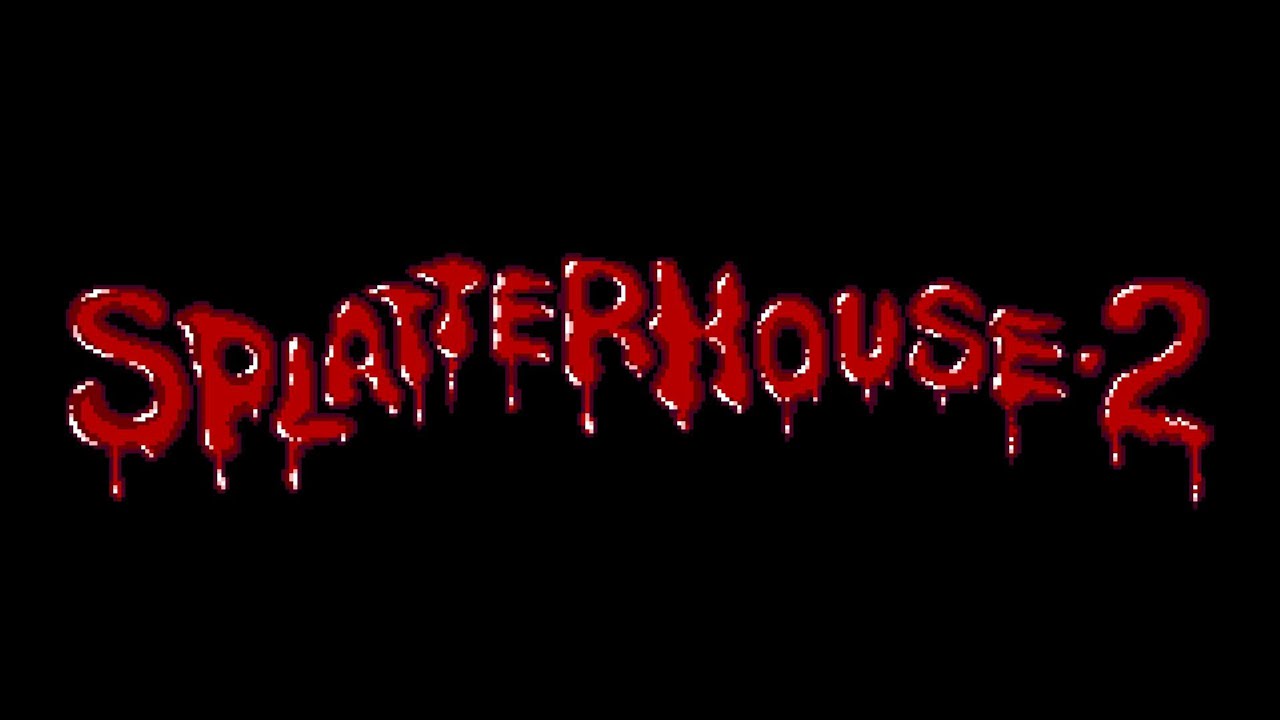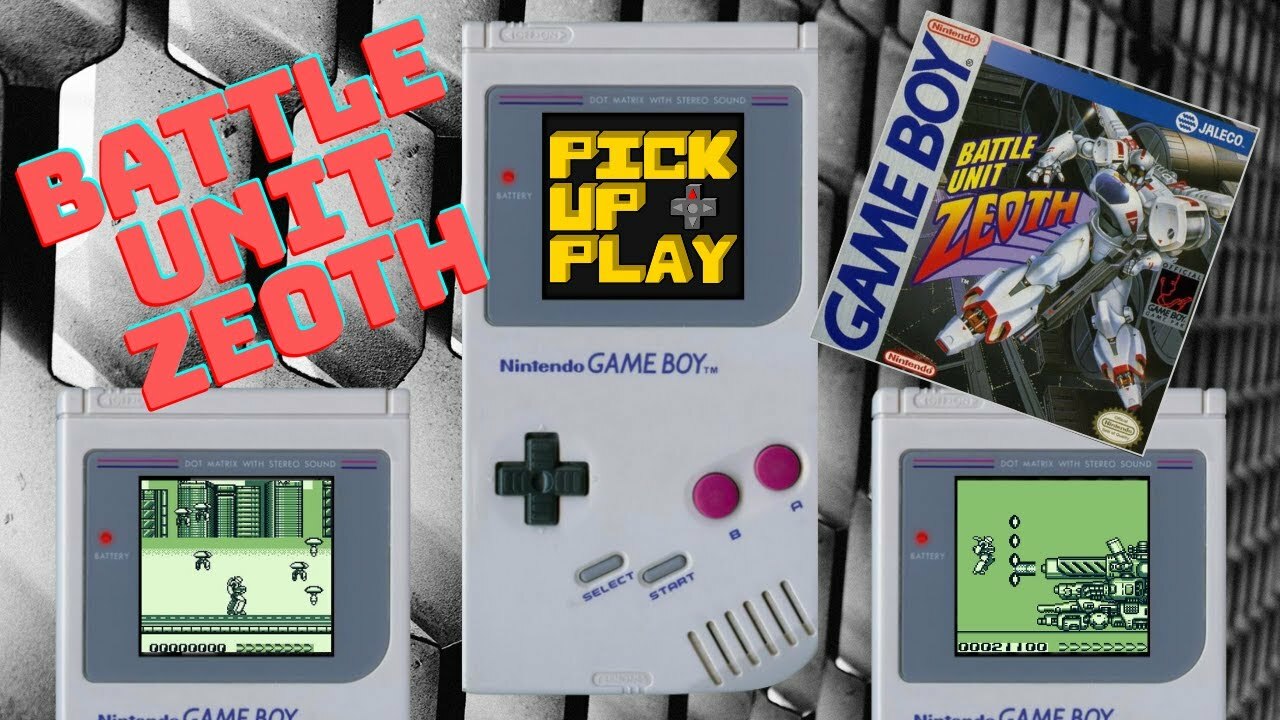Share
Star Ocean has long been one of the more niche JRPG franchises out there, never gaining the same recognition as other series. Square Enix has stumbled with the series a lot, but one aspect that’s remained consistently fantastic is the battle system, which came to a head in Star Ocean: The Last Hope.
To be fair, there’s a lot that The Last Hope doesn’t get right, but the flow and intensity of its combat system is still something that almost no other JRPG can match. It’s a good thing the combat is so stellar, however, as The Last Hope pales in nearly every other aspect.
Go with the Flow
Flow is a hard word to describe when talking about a combat system, but the way battles in The Last Hope play out just feels so satisfying. Combos can seamlessly be linked together, even combined with other team members. A new system called the Rush Gauge helps with this, as once full you can unleash combo after combo with only a few button presses. The game actively rewards you for linking combos and not taking damage, which is then reinforced even more by the Bonus Board.

By doing specific activities in battle you can add a jewel to the Bonus Board; for example, killing an enemy with a critical hit adds a blue jewel, which then boosts the experience you gain by ten percent.
One of the other main features in battle is Blindsides, perfect dodges that when executed just right allow you to swing behind an enemy and unleash a powerful back attack. While Blindsides are mechanically effective, they’re also given a nice flashy visual flourish. There’s a sort of rhythm that you fall into with combat as time goes on, creating powerful combos then pulling off a Blindside at just the perfect time.
Variety’s a Spice
What really helps the combat evolve into something special, however, is just how unique each and every character feels. Edge is a balanced melee fighter with excellent speed, Bacchus is a ranged dynamo that can devastate with area attacks, and Sarah is great at healing even while unleashing devastating magic.

Every single character is a blast to play, but there are a few that especially stick out, like the hulking scythe-wielder Arumat. Basically a walking tank, Arumat wades right into battle throwing his scythe in wide arcs that can hit entire groups all at once. Despite how different each character feels they all abide by the same basic combat rules, making it easy to learn each one’s little quirks.
Despite all the crazy attacks and options, The Last Hope gives you, the game also doesn’t pull any punches in terms of difficulty. Normal battles can throw hordes of enemies at you, but boss battles are where things really get crazy. Bosses have ridiculous pools of health, and just as devastating attacks as you.
While I’ve covered a lot of the mechanics of the game’s combat system, I feel like I also need to mention the sense of scale and hecticness that often erupts. The game simply doesn’t hold anything back with its particle effects, and the sheer destructive scope of abilities you’re using is hilarious. There’s nothing like pulling off an extra-long combo and seeing those damage numbers leap of enemies like they’re shedding skin. Battle are a spectacle, which only makes the combat system stand out even more.

It’s a shame that Star Ocean: Integrity and Faithlessness veered off in a different direction from The Last Hope, because it’s combat simply doesn’t stand up to the predecessor. Star Ocean, as a series, has pretty much always been a mixed bag, and Star Ocean 4 fits that to a tee. I can’t fault anyone for bouncing off of The Last Hope, which is sad, as the further you delve into that combat system the better it gets.
It’s a testament to just how impressive the game’s combat is that it sits with me all these years later. I think it’s influences can still be felt to this day, however, especially with the release of Tales of Arise this year. Arise’s combat system feels surprisingly similar, with a huge focus on linking combos and dodging. Star Ocean and Tales have, for years, developed alongside each other, so it seems natural one would lead to another. Regardless, Star Ocean: The Last Hope remains one of the finest examples of what a dynamic combat system can be in a JRPG, and it’s something that deserves to be dissected as the genre continues to move forward.




